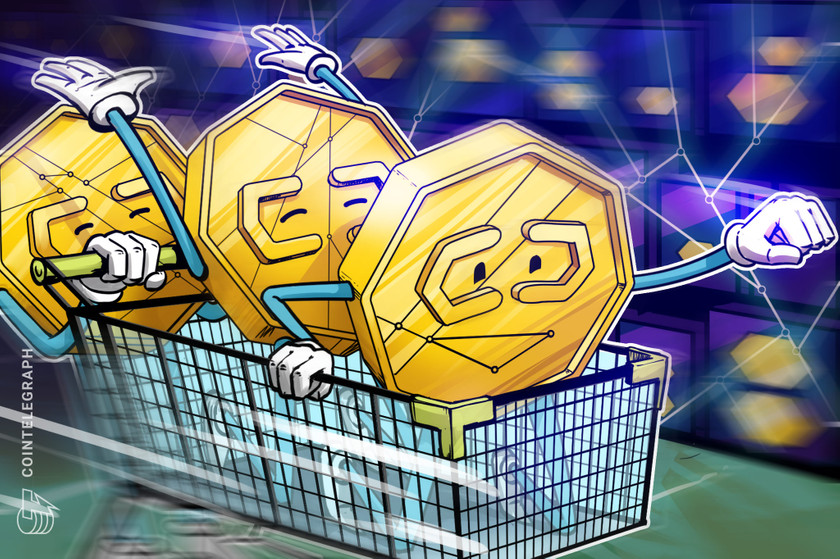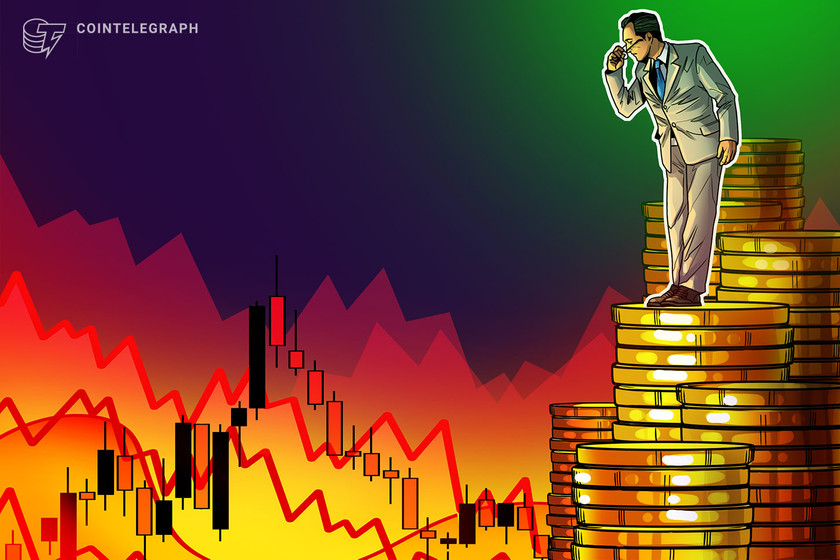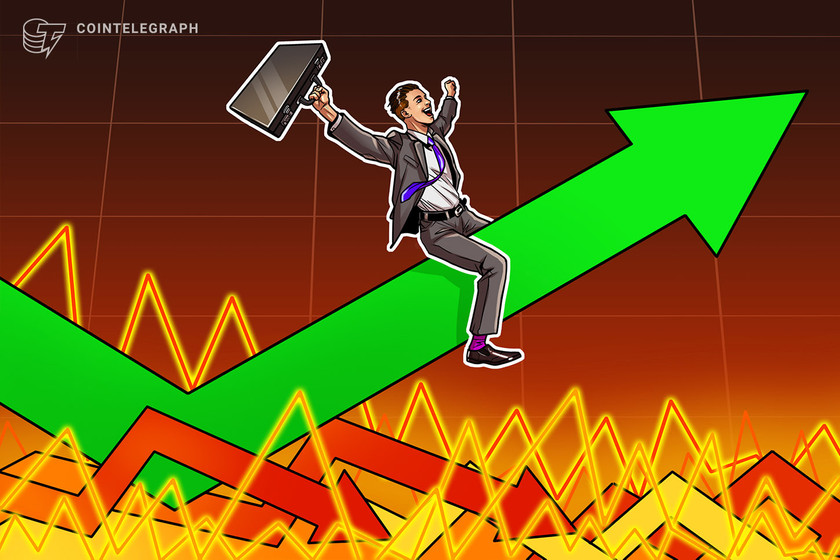Arbitrum token finds its way to OTC market before airdrop


Following the Arbitrum airdrop announcement, crypto users eligible for it are already selling them in OTC markets.
The Arbitrum community is speculating and selling off their unreleased ARB tokens in over-the-counter (OTC) markets following the Arbitrum airdrop announcement.
The Arbitrum Foundation announced that ARB — Arbritrum’s new token — would be airdropped to eligible community members on Thursday, March 23. It explained that ARB marks Arbitrum’s official transition into a decentralized autonomous organization (DAO), meaning ARB holders can vote on key decisions governing Arbitrum One and Arbitrum Nova — networks that allow users to transact on the Ethereum blockchain with better speeds and lower fees.
OTC trading allows easy buying and selling of cryptocurrencies directly between sellers and buyers. The process is usually very fast, with funds being transferred directly from a bank account to the seller. In this case, when a price is agreed on by the buyer and seller, the seller receives payment from the buyer and then gives up the seed phrase linked to the eligible wallet.
Jack, who wants to remain anonymous, has explained to Cointelegraph that the craze to sell off the unreleased ARB tokens is based on speculations about the market cap of the tokens when launched. He explained that the price of one ARB coin, when launched, could be as high as $1, so most people do not mind selling at $0.5 per token and giving room for a possible profit of $0.5 for the buyers.
have secured 6-figs of $ARB OTC at an avg. price of $0.98
wish me luck
— Cole (@cole0x) March 21, 2023
Arbitrum holds 55% of the Ethereum layer 2 market share, according to layer-2 analytics site L2Beat. As one of the most significant crypto projects without a token, anticipation for an Arbitrum token has been at a fever pitch since the network went live in 2021.
Related: Arbitrum airdrop hype helps zkSync addresses jump over 5X in a week
With ARB’s total circulation of 10 billion, the Arbitrum community will control 56% of the tokens. The airdrop will grant 11.5% of the total supply to eligible Arbitrum users and 1.1% to DAOs operating in the Arbitrum ecosystem.
The Arbitrum community has also warned others to stay vigilant after reports of phishing websites and scams offering Arbitrum airdrop tokens.
Arbitrum’s main competitor in the Ethereum scaling space, Optimism, launched its OP token nearly a year ago when it transitioned to DAO governance.
















































